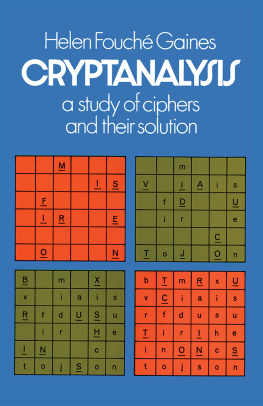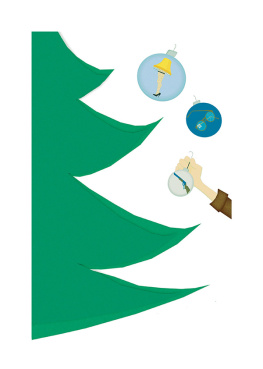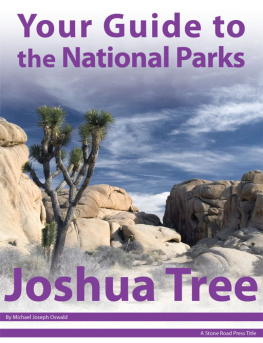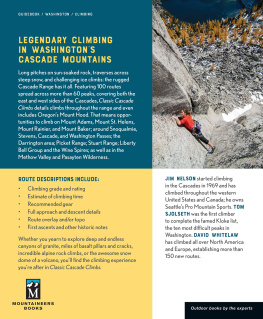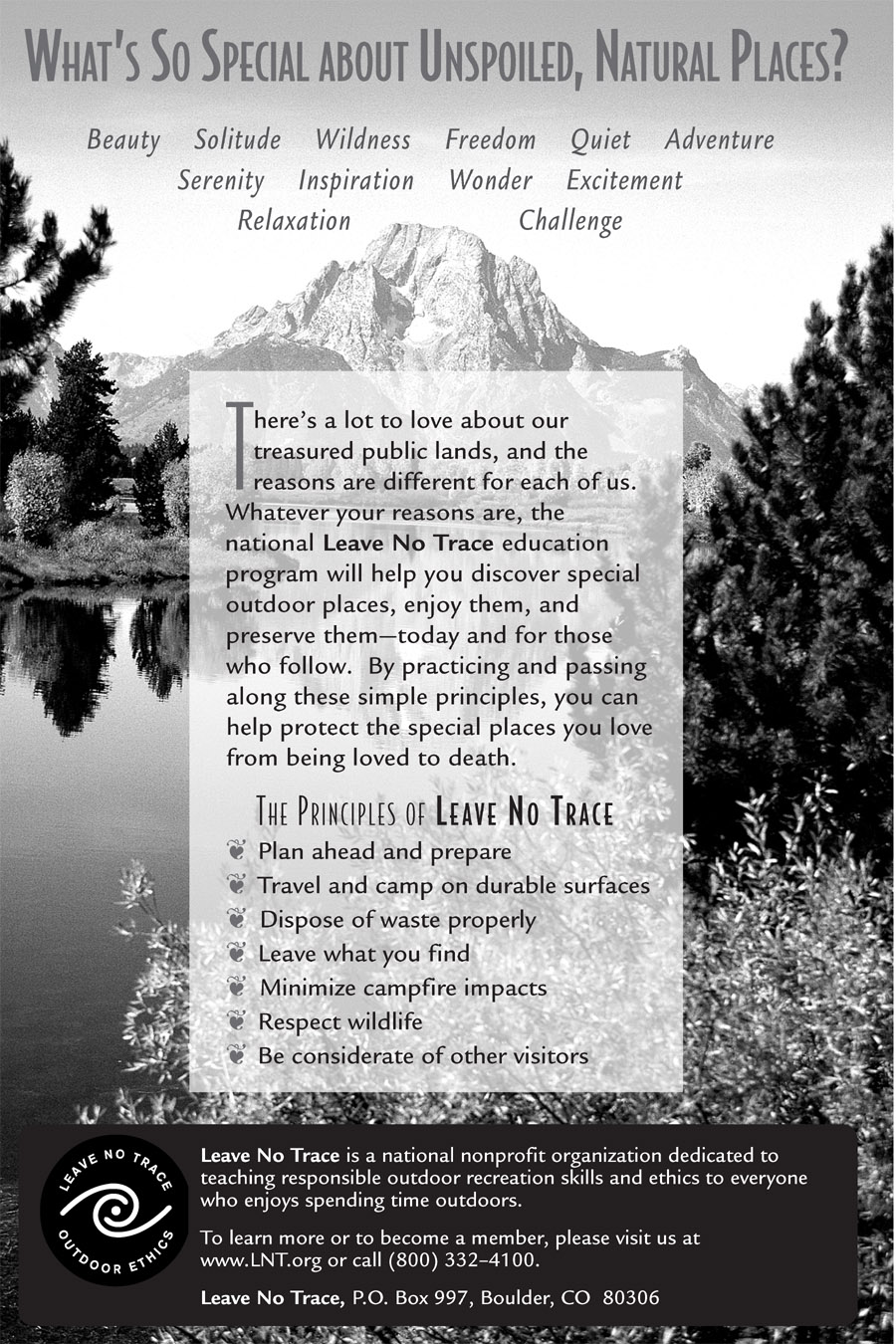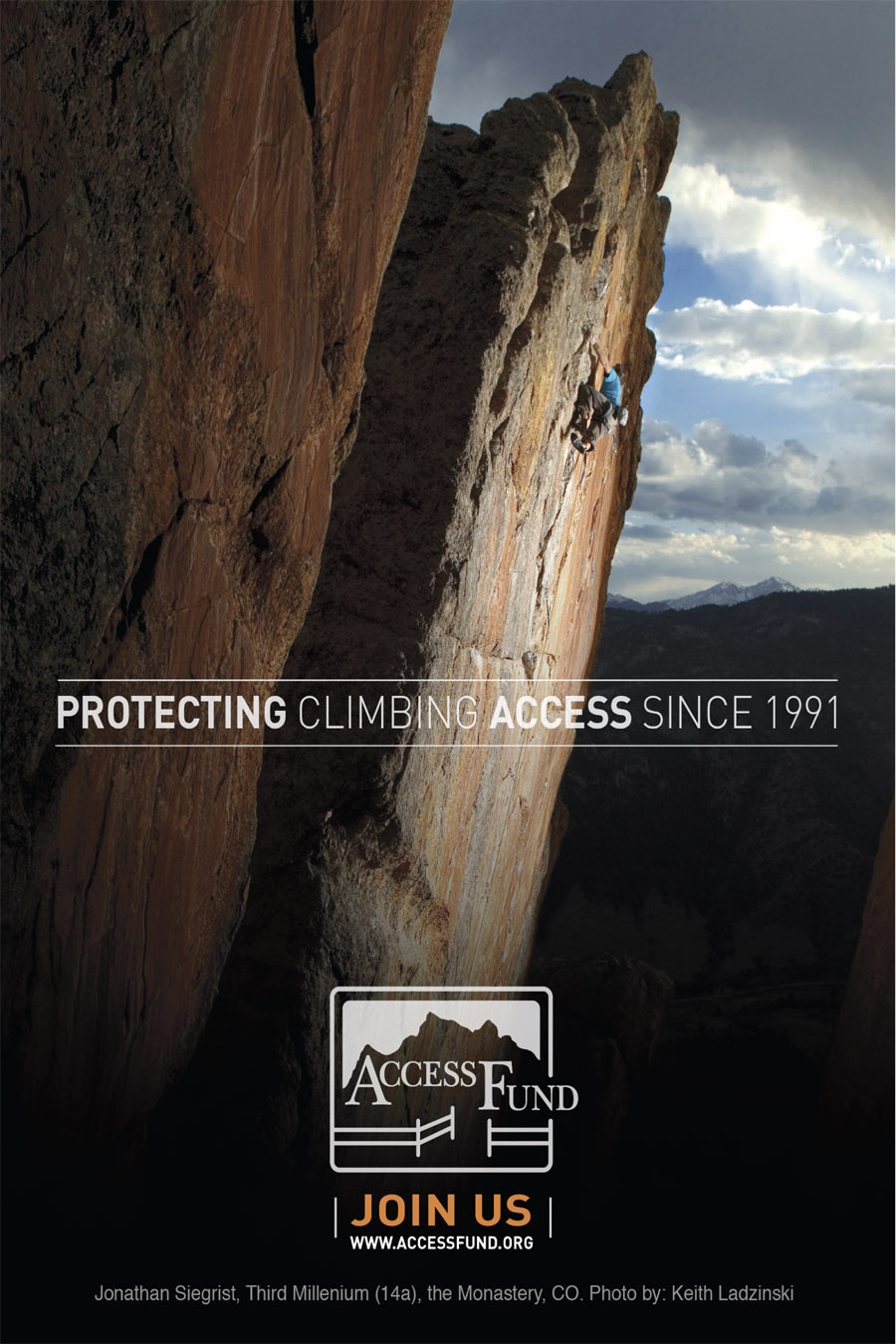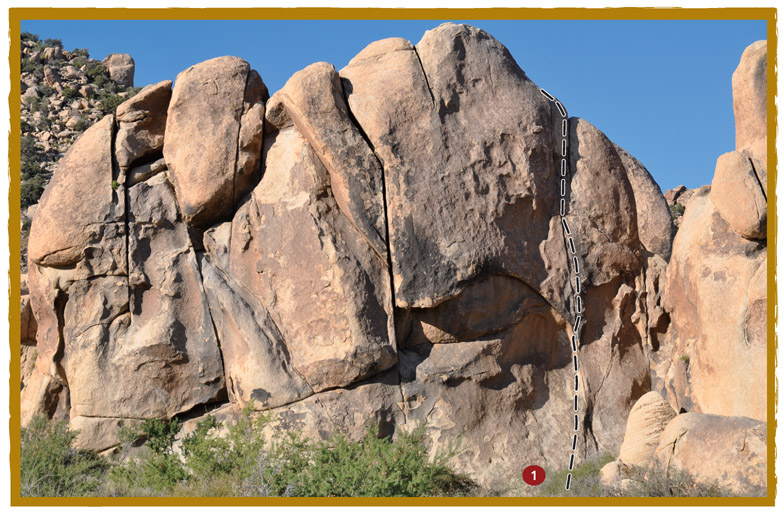About the Author
Bob Gaines began rock climbing at Joshua Tree in the 1970s. Since then he has pioneered over 400 first ascents in the park. Bob began his career as a professional rock climbing guide in 1983 and is the owner of Vertical Adventures Rock Climbing School, which offers classes and guided climbs at Joshua Tree. In 2008 Vertical Adventures was voted the #1 rock climbing school in America by Outside magazine.
Bob has worked extensively in the film business as a climbing stunt coordinator. He has coordinated over thirty television commercials, and he was Sylvester Stallones climbing instructor for the movie Cliffhanger. Bob doubled for William Shatner in the movie Star Trek V, as Capt. Kirk free-soloing on El Capitan in Yosemite.
Bob is an AMGA Certified Rock Climbing Instructor and teaches the AMGA Single Pitch Instructor Course at Joshua Tree. He has worked extensively training U.S. military special forces, including U.S. Navy Seals, and is known for his technical expertise in anchoring and rescue techniques.
Bob is also the co-author of Rock Climbing Tahquitz and Suicide Rocks (with Randy Vogel) and Climbing Anchors (with John Long). Bob splits his time between his residences in Irvine and Joshua Tree, California.
Acknowledgments
Id like to thank Kevin Powell and Greg Epperson for their great climbing photographs. Id also like to thank Alan Bartlett and Randy Vogel for paving the way with their excellent series of Joshua Tree guidebooks. Thanks to Joshua Tree Climbing Ranger Bernadette Regan for her input on the Leave No Trace and Park Regulations sections of this book. Thanks to Todd Gordon, Dave Mayville, Tony Grice, Tony Sartin, Erik Kramer-Webb, and Doug Nidiver for fielding all my questions on specific route details. Thanks to my wife, Yvonne, for being my best climbing partner.
Quail Springs
Quail Springs
Trashcan Rock at the Quail Springs Picnic Area is one of Joshua Trees quintessential roadside crags. A short hike leads to Hound Rocks and two classic 5.10 crack climbs. Farther down the trail, sitting high on a hillside, is the White Cliffs of Dover, featuring Yosemite-like dihedrals and cracks plus a couple of excellent face climbs, all on very smooth, high-quality granite.
Getting there: Drive 5.7 miles from the West Entrance and turn right at Quail Springs Picnic Area. From the Intersection Rock Junction, drive north 2.8 miles and turn left. Here youll find Trashcan Rock. There is ample parking on the south and west sides of the rock, as well as picnic tables and an outhouse. The trail to Hound Rocks and the White Cliffs of Dover begins at the south end of the parking lot (GPS: N34 02.388 / W116 11.835).
TRASHCAN ROCK
Often crowded, especially on weekends, Trashcan Rock is one of Joshua Trees most popular crags. The routes arent classics, but the crag is. The west face has a great assortment of climbs for beginners, and the east face has several excellent harder routes. The east face receives morning sun and afternoon shade, and the west face receives early morning shade, then sun all day. Note: There are no fixed anchors or rappel anchors on topall the climbs require gear anchors. Crag GPS: N34 02.429 / W116 11.797
Descent: The easiest approach to and descent from the top is a 4th-class scramble up the northwest side (the far left side of the west face).
Trashcan RockEast Face
Trashcan RockEast Face
1. Filch (5.6) Begin off a boulder. Climb the wide crack to thinner jamming.
2. Ripper (5.11a) Crank the overhang to a lieback/jam. Often done as a boulder problem (V2), downclimbing Filch.
3. Wallaby Crack (5.9) Jam an awkward flare to the top.
4. Hermanutic (5.10c R) Climb the face and thin crack to a tricky crux with poor pro.
5. Butterfly Crack (5.11c) Jam the classic fingertip crack, with a very hard start.
6. Left Sawdust Crack (5.10c PG/R) Climb the left crack, avoiding the one on the right. Using both cracks at the top makes the route significantly easier.
7. Right Sawdust Crack (5.9) Solid hand jams lead to the top.
Trashcan RockWest Face
Trashcan RockWest Face
1. Karpwitz (5.6) Face climb up to a well-protected thin crack crux.
2. B3 (5.3) Smear and jam up the groove.
3. Profundity (5.10b) Friction climb and mantle past two bolts. Reachy.
4. B2 (5.3) Smear and jam up the groove. Its 5.9 if you climb the slab just left of the crack.
5. Tiptoe (5.7) This little gem has you edging and smearing up a thin dike past three bolts. The easiest way to get to the first bolt is by starting up B2, then stepping right to the first bolt. Some large camming devices (#4 camalots) are handy to set up a toprope.
6. B1 (5.1) Ascend a groove that leads to a nice combination of face climbing and jamming.
7. Walkway (5.5 R) Make delicate friction moves to an easy jam crack. A 5.6 lieback start can be done just to the right.
8. Baby Point Five (5.10a R) No pro, but a good toprope. A thin move on polished holds leads to easier friction.
Terri Condon leading Karpwitz (5.6) on Trashcan Rock.
9. Tulip (5.6 R) Jam a short groove and finger crack, then smear your way up the slab. One bolt provides rather inadequate protection.
10. Bimbo (5.10a R) Lieback a flake to a seam, then make some very delicate friction moves (crux) to easier smearing.
11. Eschar (5.6) Mantle up to the big ledge, then face climb up to the left-slanting jam crack.
12. Cranny (5.8) Mantle up to the big ledge, then climb a steep wall with two vertical cracks. Nice stemming on the upper section.
13. Bloodymir (5.9) From the big ledge, climb the face on the right past a bolt, then jam the left-slanting crack.
Hound Rocks
HOUND ROCKS
Hound Rocks consist of two rock formations split by a narrow canyon once used as a miners camp.
Finding the crags: The trail begins at the south end of the Quail Springs parking lot. Walk west for a few hundred yards to where the trail climbs gently over a sand dune, then drops down and slightly left, crossing a broad, sandy wash. After another few hundred yards, the trail leads directly to the Hound Rocks. The


